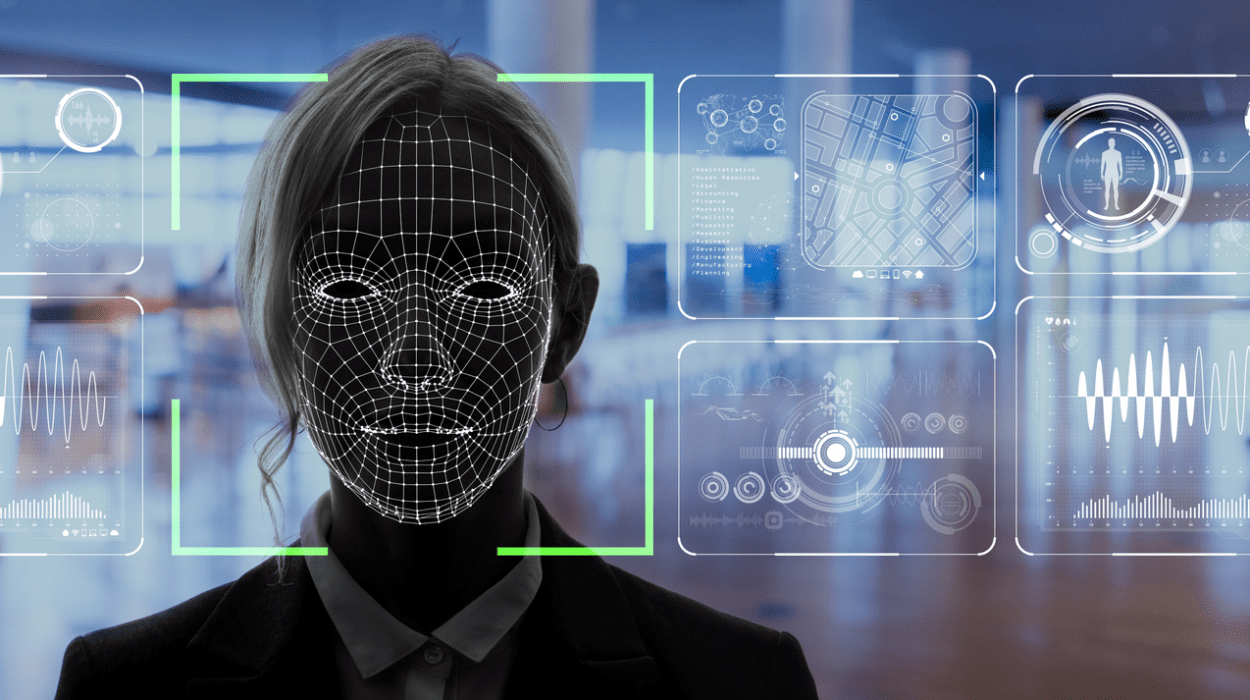A combination of “deep learning” and “fake,” deepfake technology has become quite popular in the last few years. With the use of this advanced artificial intelligence (AI) manipulation technique, video and audio content that is incredibly lifelike and frequently identical to real media may be produced. Deepfakes are useful in many fields, but there are significant ethical, societal, and security issues with them as well. This article will examine the realm of deepfakes, including their history, methods, uses, and emerging remedies aimed at lessening their effects.
Understanding Deepfake Technology
Synthetic media, which includes all forms of automatically generated content, includes deepfakes as a subclass. Deepfakes are characterised by their use of deep learning methods, namely generative adversarial networks (GANs), to create new, incredibly realistic content by manipulating preexisting photos, videos, or sounds. Malicious actors can now produce phoney speeches, videos, or even whole personas thanks to technology.
Origins and Evolution of Deepfake Technology
Deepfake technology originated in 2014 with the introduction of GANs. These neural networks are made up of two primary parts: a discriminator that assesses the generated information’s authenticity and a generator that produces bogus content. Together, these elements enhance their capacity to produce information that is more compelling and to distinguish between the true and the fake. Deepfake technology advanced in sophistication along with GANs.
Techniques of Deepfake Technology
Face Swapping: Face-swapping deepfakes are perhaps the most well-known variant. By training a GAN on thousands of images of a target person, the generator can convincingly replace the face of the person in an existing video with the target’s face.
Voice Cloning: Deepfake technology is not limited to visuals. It can also be used to clone voices with remarkable accuracy. By training on audio samples of a person, a GAN can generate speech that sounds identical to the target’s voice.
Lip Syncing: Lip-sync deepfakes involve manipulating the mouth movements in a video to match a pre-recorded audio, allowing for the creation of convincing fake speeches or dialogues.
Text to Speech (TTS): TTS deepfakes can convert text input into spoken words, enabling the generation of audio content in any voice desired.
Applications and Concerns of Deepfake Technology
Deepfake technology has a range of applications, both positive and negative:
Positive Applications:
- Entertainment: Deepfakes can be used in the film and television industry for visual effects and character impersonations.
- Healthcare: Medical simulations use deepfakes for training and surgical procedure visualization.
- Language Translation: Deep learning can be used to provide real-time translation of spoken content in the speaker’s own voice.
Negative Applications:
- Misinformation: Deepfakes can be used to create fake news, defame individuals, or manipulate political narratives.
- Privacy Invasion: Deepfake pornography is a disturbing example of how this technology can be used to superimpose someone’s face onto explicit content.
- Identity Theft: Criminals can create fake identities and manipulate audio or video to commit fraud or extortion.
The primary apprehension regarding deepfakes is their capacity to erode confidence in digital media by obscuring the distinction between authentic and fraudulent data. Journalism, democratic institutions, and personal privacy are all gravely threatened by this.
Countermeasures of Deepfake Technology
Efforts are underway to counter the spread and misuse of deepfake technology:
Detection Algorithms: Researchers are developing algorithms that can identify signs of deepfake manipulation in video and audio content, such as unnatural facial movements or inconsistencies in audio quality.
Media Authentication Tools: Content creators and platforms are exploring ways to embed digital signatures or watermarks into media files to verify their authenticity.
Public Awareness: Promoting digital literacy and awareness of deepfake technology’s existence and potential dangers is crucial to mitigating its impact.
Legal Measures: Legislation is being proposed and implemented to address the malicious use of deepfakes, holding creators accountable for their actions.
Deepfake technology poses a significant risk to the veracity of digital information while also marking a notable advancement in AI capabilities. The ethical, legal, and security issues these new synthetic media techniques raise must be addressed by society as they develop. We can lessen the threats brought on by deepfakes and make sure that the digital world is still a trustworthy and dependable place by spreading awareness, funding countermeasures, and encouraging ethical AI development.

